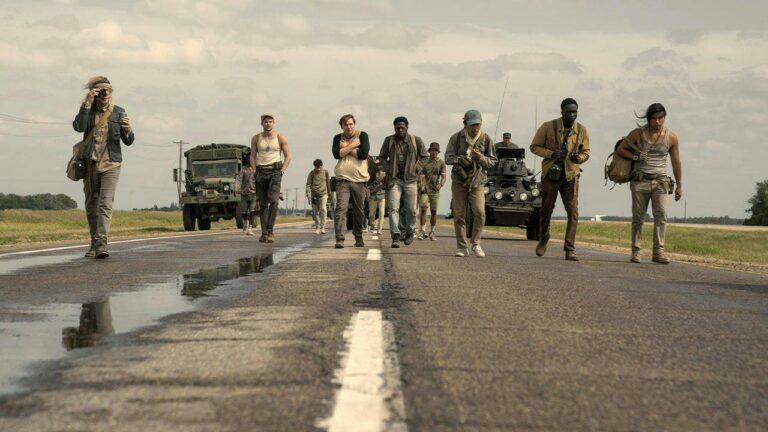
Winter Storm Blair’s Wrath: Interstates Blocked, Power Out, Trees Uprooted
A Crippling Storm Devastates Communities
Winter Storm Blair has left a trail of destruction in its wake, crippling infrastructure and disrupting the lives of thousands. Interstates have been rendered impassable, power outages have plunged homes and businesses into darkness, and fallen trees have caused widespread damage to property.
Interstate Closures and Travel Disruptions
The storm’s heavy snowfall and icy conditions have led to the closure of numerous interstates across the affected regions. Interstate 90, a major artery connecting the Midwest to the West Coast, has been closed in both directions for over 100 miles. Interstate 70, another vital highway, has also been closed in several states. These closures have stranded travelers, disrupted supply chains, and delayed emergency services.
Power Outages: A Humanitarian Crisis
Power outages have affected millions of people as the storm’s high winds have downed power lines and damaged electrical infrastructure. In some areas, power has been out for days, leaving residents without essential services such as heating, refrigeration, and medical equipment. This has created a humanitarian crisis, especially for the elderly and vulnerable populations.
Widespread Tree Damage and Infrastructure Destruction
High winds and heavy snow have caused widespread tree damage across the affected areas. Trees have been uprooted, snapped in half, and fallen onto homes, businesses, and vehicles. This has caused extensive damage to property and has also disrupted communication and power lines. In some areas, communities have been isolated as roads have been blocked by fallen trees.
Official Response and Community Resilience
Government agencies at all levels have been responding to the storm’s aftermath. The Federal Emergency Management Agency (FEMA) has deployed teams to assist with search and rescue operations and to provide emergency supplies. State and local governments are also working to clear roads, restore power, and provide shelter for those displaced by the storm.
Despite the challenges, communities have shown remarkable resilience in the face of adversity. Neighbors are helping neighbors, volunteers are clearing snow and debris, and local businesses are offering free meals and services to those in need.
Climate Change and Extreme Weather
Winter Storm Blair is a reminder of the increasing frequency and severity of extreme weather events due to climate change. Rising global temperatures are causing more intense storms, heavier precipitation, and unpredictable weather patterns.
Scientists have been warning for decades that climate change will lead to more frequent and devastating weather events. Winter Storm Blair is a wake-up call to policymakers and the general public that we must take action to reduce greenhouse gas emissions and mitigate the effects of climate change.
Conclusion
Winter Storm Blair has been a devastating event that has left a lasting impact on communities across the affected regions. The storm has highlighted the vulnerability of our infrastructure and the importance of community resilience. It has also served as a stark reminder of the urgent need to address climate change and its associated risks.
As we rebuild and recover from this storm, we must learn from its lessons. We must invest in infrastructure that is resilient to extreme weather events. We must also take bold action to reduce greenhouse gas emissions and mitigate the effects of climate change. The future of our communities depends on it.




